This post feels a little bit like a confession. Hi, my name is Cara and I’m a natural history nerd. Happily for me, it’s a great time for that particular affliction because so much information about our world is online, easily accessible and interactive. Want to identify that feather you found on a hike? Or find out what kind of tracks a hermit crab leaves along a beach?
The links below can help you do that, and more. And while these are my favorites, there are many more resources out there. If you have your own natural history go-to sites, please leave links in the comments with a little note about why you like them. I’m always on the lookout for new resources.
April is Earth Month
Get out there!
-
NY Times Guide to Digitized Natural History Collections
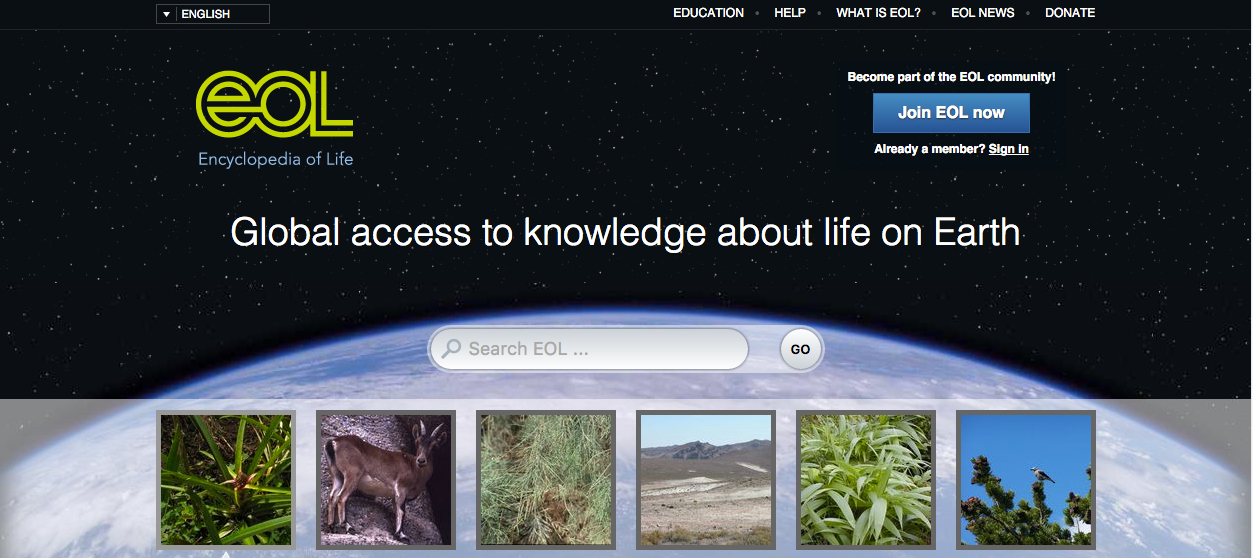
Technically, this is five resources in one place. The list, compiled by Michael Roston, contains links to the Encyclopedia of Life with information about every named species on Earth. If you’re into taxonomy, you can explore up and down the tree of life to see how species relate. As a special treat for natural history data geeks, there’s a link to the London Natural History Museum’s data portal (still in beta). Want to know what a tasmanian devil sounds like in the wild? You can download (under a Creative Commons License) scientific recordings from around the world, or browse the 3.5 million specimens they’ve already put on line.
There are also links to iDigBio, a project supported by the National Science Foundation, that aims to digitize natural history collections from museums and universities across the United States, as well as a link to the Atlas of Living Australia, which is the perfect way to spend that five minutes sitting on hold before the conference call starts. (Or, true confession, to browse during and after the conference call, too.)
-
USFWS Feather Atlas
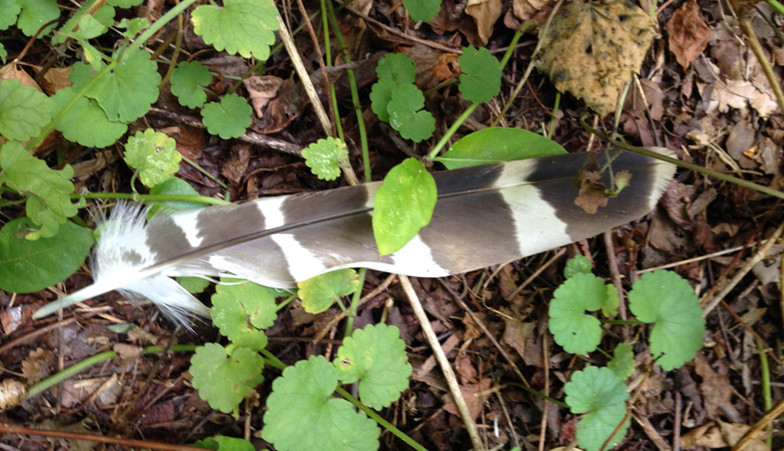
NOT a Barred Owl feather (it’s from a Red-shouldered Hawk) Thanks to Pepper from the Feather Atlas for the correction. © Cara Byington/TNC I stumbled onto the U.S. Fish and Wildlife Service’s online atlas of flight feathers from North American birds while trying to identify a feather I’d found and photographed in the woods near my house. (It turned out to be a feather from a Barred Owl. Nope. It’s a tail feather from a Red-Shouldered Hawk.) My favorite feature is the identify feather tool that lets you narrow down your search by pattern and color, and then presents you with a selection of feathers for comparison. For people who are more feather-savvy than I am, you can also browse feathers by common or scientific name, or by taxonomic group.
Quick pro tip: if you find feathers in the wild, resist the urge to collect them. According to the USFWS: “The possession of feathers and other parts of native North American birds without a permit is prohibited by the Migratory Bird Treaty Act (MBTA).” You can read more about feathers and the law, as well as exceptions, on the site.
-
AmphibiaWeb
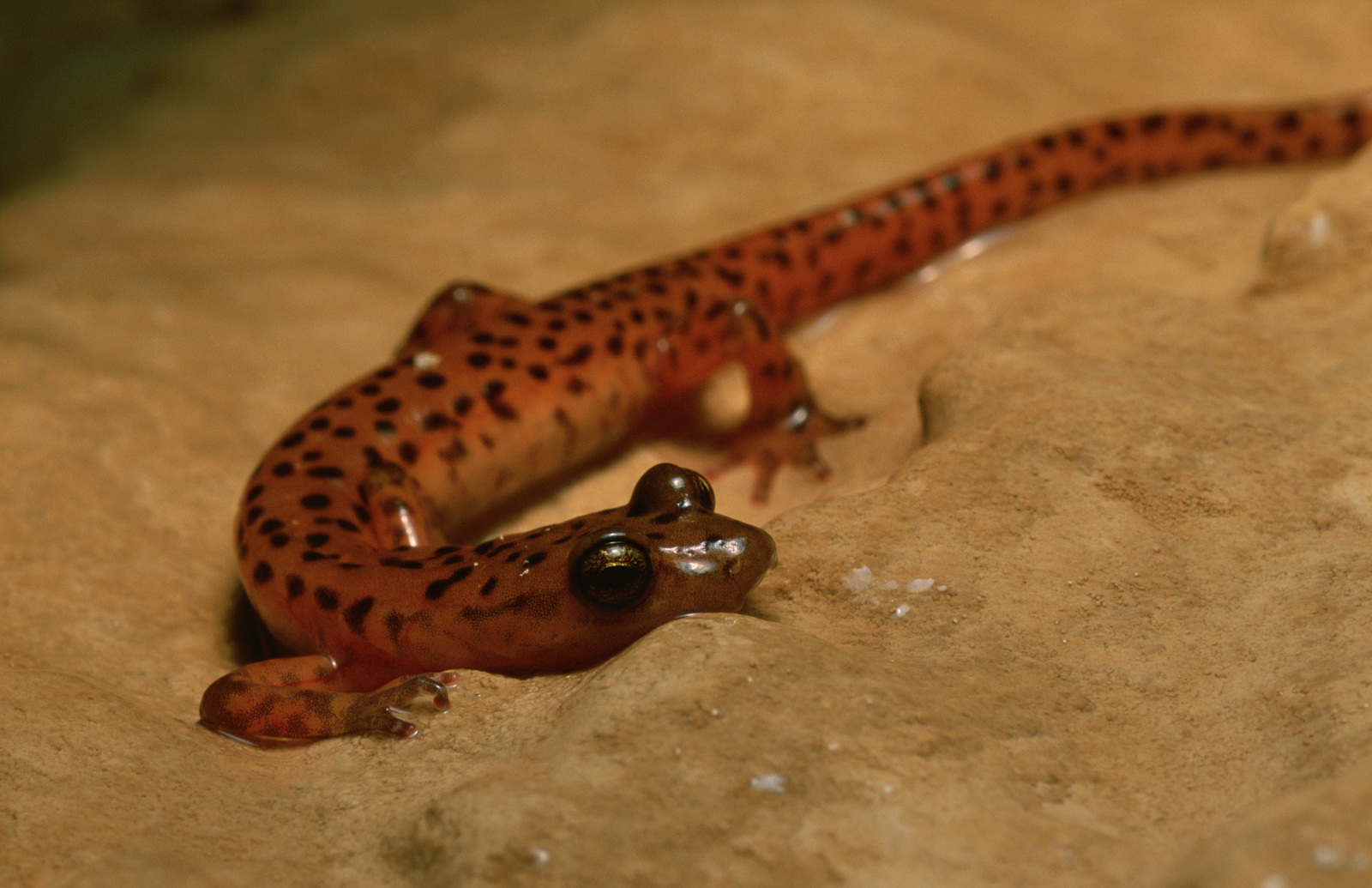
Cave salamander (Eurycea lucifuga) Tennessee. © Stephen Alvarez I found AmphibiaWeb because I was homesick for Florida. I live in Maryland now and, of the many things I miss about my home state (the general craziness of Florida included), I really missed the sound of tree frogs in the wetlands behind my house. So I went looking for audio files and found AmphibiaWeb. Let me just say, if you like amphibians, do not click on this site unless you have some time to spend. It is a treasure trove of information and includes robust image, audio and video files. If you want to know about, for example, Boophis tephraeomystax (common name Dumeril’s bright-eyed frog), what it looks and sounds like, where it lives, the habitats it prefers and a wealth of other information, AmphibiaWeb has you covered. (To me, the frog, native to Madagascar, sounds like a rubber-soled shoe squeaking on a hardwood floor, but that’s me. Some people say it sounds like a yelping puppy. You can hear it for yourself.)
-
Cornell Lab of Ornithology All About Birds
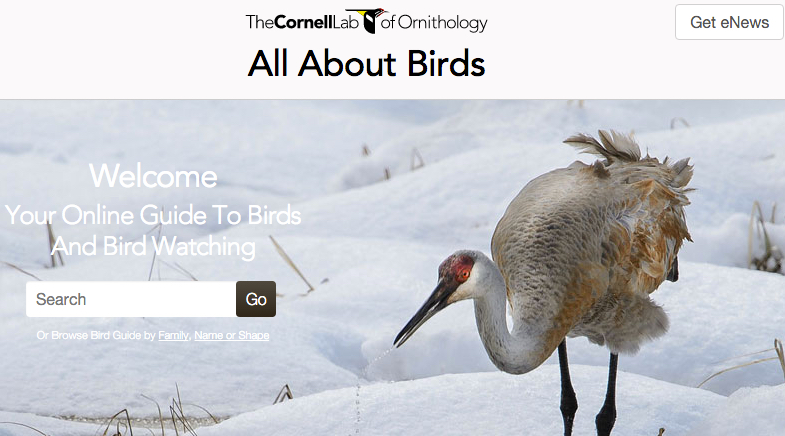
This site really is All About Birds. I’ve been a frequent visitor since starting my Zero to Hero: Learn to be a Birder project last year. It has everything you would expect from the Cornell Lab of Ornithology, species profiles, distribution and migration maps, images, audio and video. They even have a virtual bird to help people learn bird anatomy (extremely helpful for new(ish) birders like me). My favorite section is the Bird Academy. If you want to learn more about birding, this is a one-stop shop for online courses, tutorials and Birds 101, 201 and 301. I’m currently spending a lot of time learning bird songs (in preparation for spring migration) and their Bird Song Hero feature is fantastic. I embarrassed myself at my local coffee shop last week when I shouted “yes!” because I got all the bird songs right for the first time. (And, of course, I’ve made no secret of my love for Merlin, Cornell’s birding app.)
-
NatureTracking
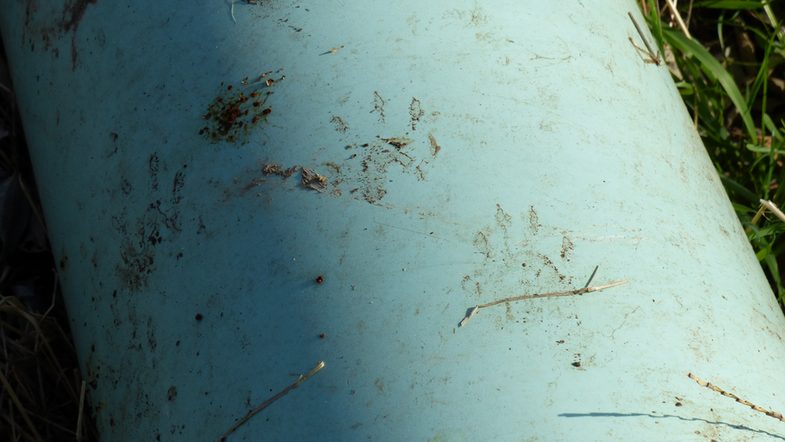
Raccoon tracks Austin, TX © Cara Byington/TNC Some people have to put web site blockers like Focus or SelfControl on their computers to limit the amount of time they spend on Facebook or Reddit, I had to download one solely for NatureTracking. I love it because it has given me a whole new way to observe and connect with nature, from the fox that leaves tracks in my suburban backyard to tracks and signs I’ve found in remote backcountry areas. There are galleries of images for mammal, bird, herp, and invertebrate tracks, as well as instructions on learning to track and links to tracking schools. (I really want to go to tracking school). The site is very nicely organized and I spend most of my time on the galleries, which also include images of signs and scat. (Two words: snake scat.)
NatureTracking also has its own mobile app, iTrack Wildlife (basic and pro versions), so you can “have a guide to animal tracks in your pocket.” I used it recently to id muddy raccoon tracks during a hike near Austin. NatureTracking also includes images from the North American Animal Tracks Database, an iNaturalist project where people share observations and images and simultaneously contribute to scientific research.




Appriciate nature conservancy by educating my society thruogh my wildlife hertage club as one of the member leader i need more knoweledge on conservation and your help on preserving rhinos and elephant killings at african parks(serengeti national park) tanzania . our blog will be opened soon am scholar at mweka college of africa wildlife management
Love this list. I can while away summer afternoons looking through these sites.
Thank you for compiling.